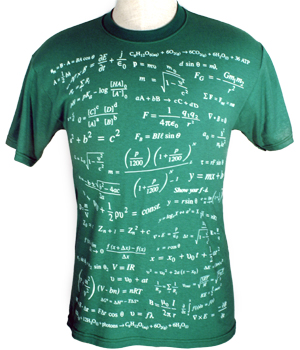Thank god for answering this question! I've not had a good response since they changed the format...
Blog Post
How the LEED AP exam is scored

 A raw score--the number of questions you get right--is multiplied by the coefficient for that question set to arrive at the scaled score. For more difficult question sets, a higher multiplier is used to convert a lower raw score to a higher scaled score, and vice versa.
This process of coming up with the "scaled score" could mathematically result in a score higher than 200 or lower than 125, but what typically occurs with scaled scores, and I assume is the case here, is that any score higher than 200 is called 200, and any score lower than 125 is called 125.
How was the passing score of 170 determined? Says Holst:
A raw score--the number of questions you get right--is multiplied by the coefficient for that question set to arrive at the scaled score. For more difficult question sets, a higher multiplier is used to convert a lower raw score to a higher scaled score, and vice versa.
This process of coming up with the "scaled score" could mathematically result in a score higher than 200 or lower than 125, but what typically occurs with scaled scores, and I assume is the case here, is that any score higher than 200 is called 200, and any score lower than 125 is called 125.
How was the passing score of 170 determined? Says Holst:
A representative group of LEED AP Professionals recommended to GBCI a standard of what a minimally competent professional needs to know about the tested content to obtain a passing score. The chosen passing score was selected by GBCI and was then converted to a scale score.Key points:
- No partial credit, and all questions are worth the same amount.
- The same raw score on two different 80-question sets will result in different final scores via a scaling process based on the relative difficulty of the questions.
- Your score on the LEED AP exam is neither the number of questions you answered correctly nor the percentage of questions you answered correctly. But if you divide it by two and look at it with squinty eyes it might be kind of close to the latter.
- If you've taken a practice exam and want to know how you've done relative to the real exam, a passing score of 170 correlates roughly with a score of 85% on a practice exam, or 68 out of 80 questions correct. But this is only a rough guide. Don't let a practice exam score of 85% give you confidence. Let your confidence in the material give you confidence.
Published August 5, 2008 Permalink Citation
(2008, August 5). How the LEED AP exam is scored. Retrieved from https://www.buildinggreen.com/news-article/how-leed-ap-exam-scored
Comments
I also want to know where i c
I also want to know where i could find that awesome green shirt from?
I like the green T-shirt with
I like the green T-shirt with alot of equations in physics accompanying your blog. How can I get one?
Carmelito Tatlonghari, M Medical Physics, LEED-AP
" ... and all questions are w
" ... and all questions are worth the same amount."
Say what?
"The same raw score on two different 80-question sets will result in different final scores via a scaling process based on the relative difficulty of the questions."
Where is the logic to this decision?
"Your score on the LEED AP exam is neither the number of questions you answered correctly nor the percentage of questions you answered correctly."
Say what? This is doublespeak.
Bottom line, the LEED AP test is unfair because it factors your knowledge versus the past performance of other idiots and geniuses taking the test. Each question should be of equal weight and not based on the collective previous test taking knowledge of others. That is the blantant fallacy of this test and the overall test algorithm. The scoring of the test should not be based on past test taker performance and knowledge. Because you know the answer to a particular question while the many others who took the test previously did not - we will give you a lesser scaled score ??? Total and complete lunacy. Absolutely asinine. But please remember, for the most part, one is dealing with architects at the USGBC, so this illogical conclusion has a basis 'in fact'.



Add new comment
To post a comment, you need to register for a BuildingGreen Basic membership (free) or login to your existing profile.